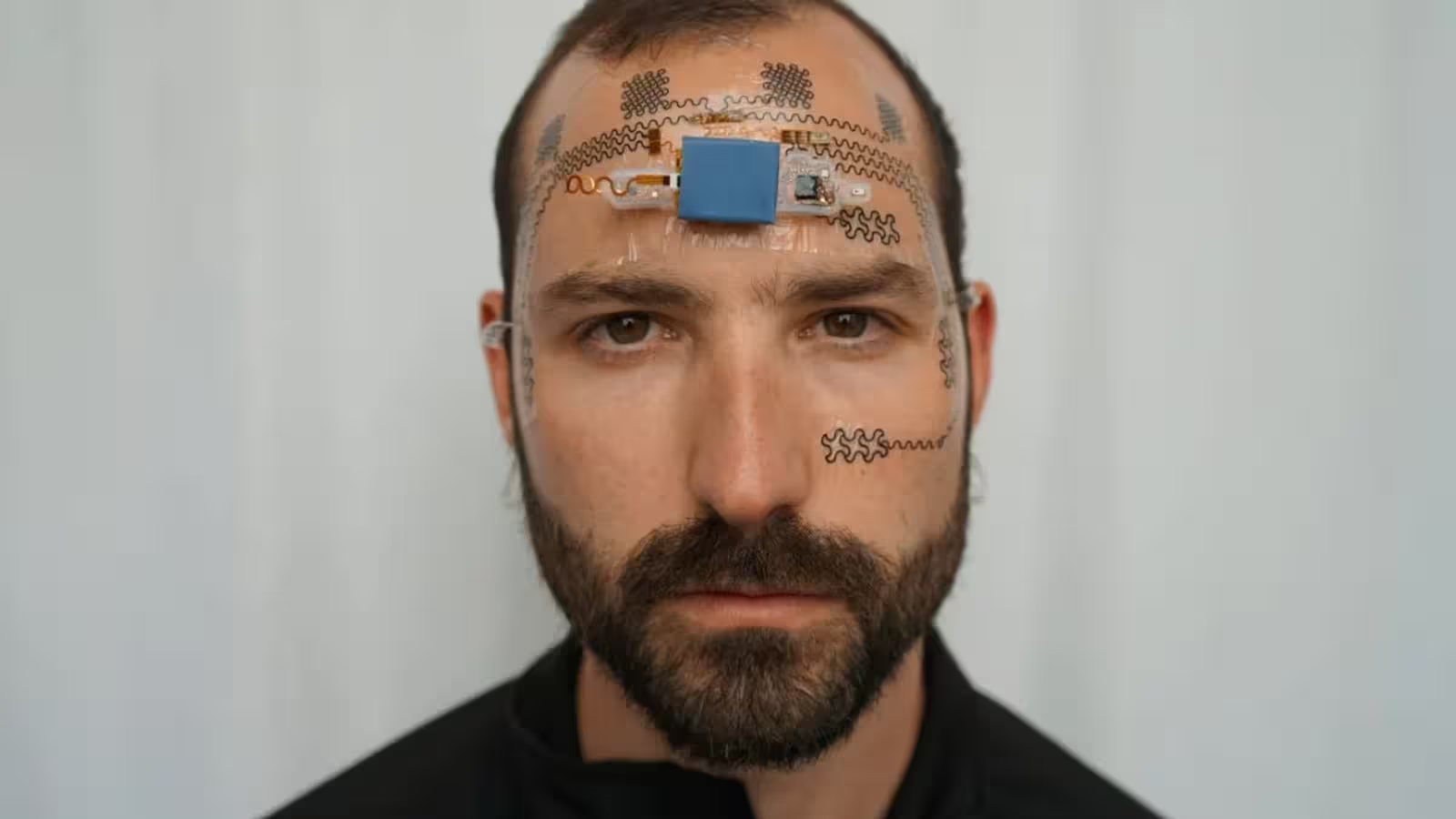3 Minutes
Researchers at the University of Texas at Austin are breaking new ground in wearable technology with the development of an innovative electronic tattoo. This ultra-thin, wireless device, designed to be comfortably adhered to the skin, is capable of monitoring brain activity and eye movements in real time with the goal of objectively measuring mental workload and stress.
How Does the Digital Tattoo Work?
Unlike traditional EEG (electroencephalogram) devices, which require cumbersome caps and conductive gels across the scalp, this next-generation device is simply placed on the user’s forehead. The digital tattoo uses advanced sensors to detect neural signals and track eye movement, offering a discreet, lightweight, and user-friendly alternative for those needing continuous monitoring.
Key Features and Technological Advantages
- Ultra-thin & Wireless Design: Enables comfortable and long-term wear without discomfort.
- Real-time Stress Detection: Monitors mental activity for immediate assessment of stress and cognitive load.
- Targeted Monitoring: Works from the forehead and doesn’t require electrode gel or a full-head cap.
- Potential for AI Integration: The research team is working on embedding lightweight machine learning models directly on the device’s Bluetooth chip, which could allow for instant analytics and alerts in the future.
Applications in Demanding Professions
According to Professor Nanshu Lu, lead researcher and expert in aerospace and mechanical engineering, this digital tattoo technology is especially designed for professionals in high-stress and mission-critical roles—such as pilots, air traffic controllers, drone operators, and robot teleoperators—where mental fatigue and stress can impact performance and safety.
Wearables and the Human Body: A New Frontier
The fusion of wearable biosensors and digital health technology is not new, with digital hearing aids introduced over 40 years ago and recent brain chip implants by companies like Neuralink. However, even as smartwatches, health rings, VR headsets, and wireless earbuds become more sophisticated, few devices can match the digital tattoo’s ability to seamlessly track brain activity and eye movements.
Previously, the University of Texas team developed skin-like tattoos to measure heart health and sweat-based stress markers. With the digital tattoo, they are now advancing deeper into the analysis of neuro-signals for holistic stress assessment.
Market Relevance and Future Prospects
While the digital tattoo is still under development and not yet commercially available, ongoing research and testing promise a future where non-invasive, real-time mental health tracking becomes mainstream. If successful, this breakthrough could transform neurological assessment, human-machine interaction, and the broader wearable technology market, making advanced brain monitoring accessible outside of clinical environments for the first time.
Source: businessinsider



Comments